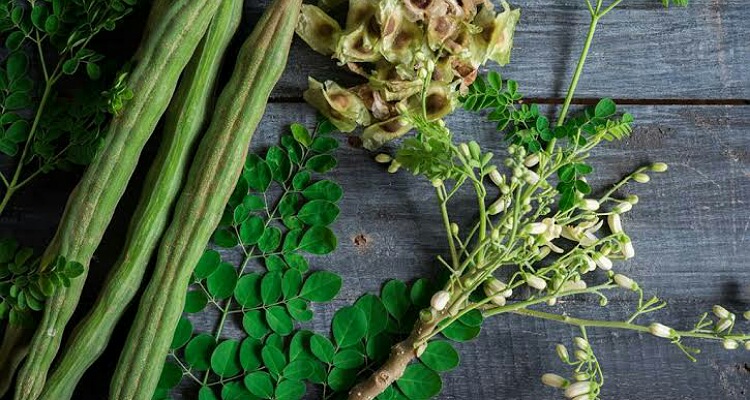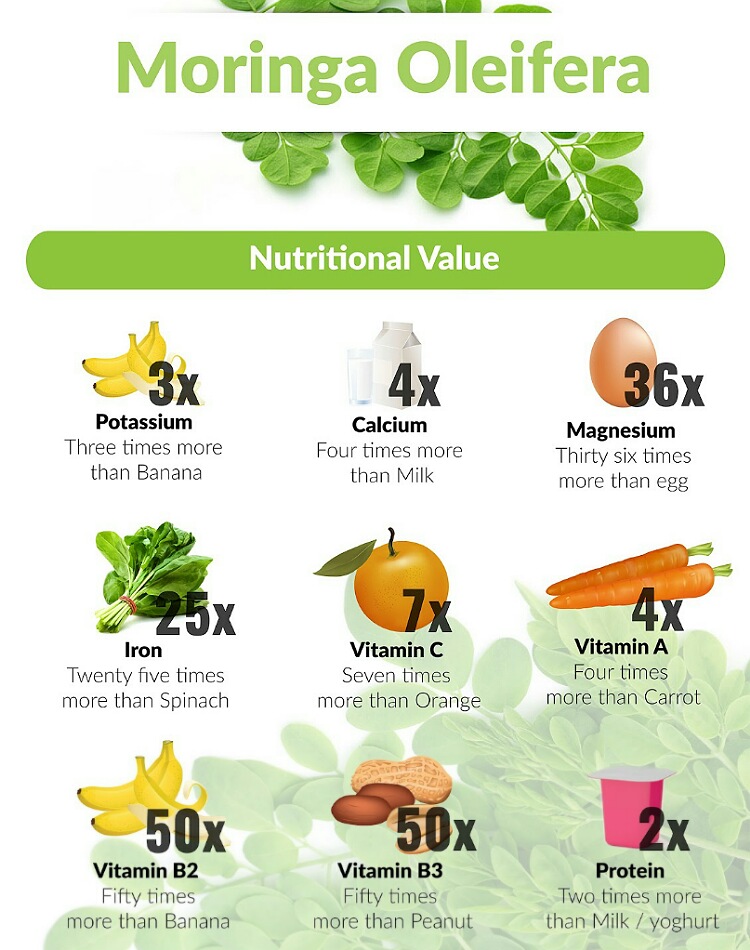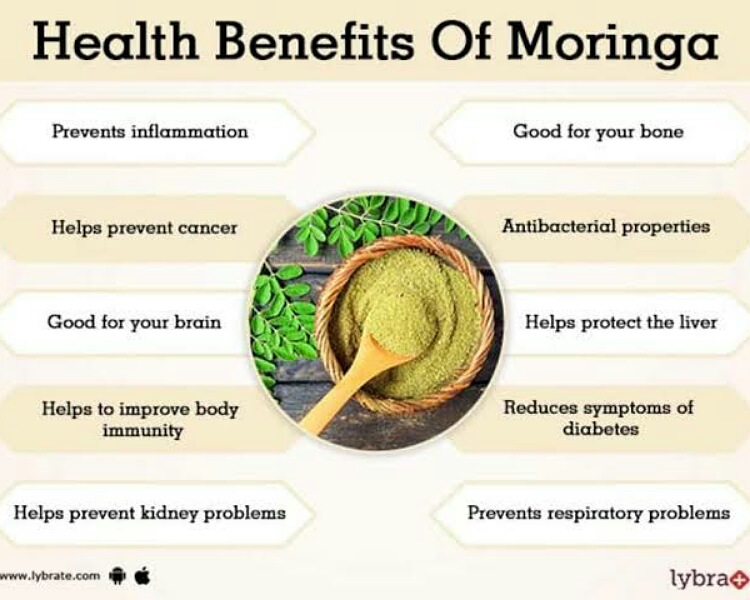Moringa or drumstick is called a miracle plant. It is the most nutrient packed plant yet discovered.
Even WHO has stated that it is the number one plant that has great capability to fight malnutrition.
Moringa tree
The moringa plant bears the drumstick that we eat. This tree grows in Africa, Asia, South East Asia, South America, and in the Pacific and Caribbean islands.
It is an old plant and people neglected it for sometime. But it is again finding its way into mainstream nutrition discussion and in wellness programs.

All parts of this small tree are edible. You can take in the leaves, flowers, seeds, stems, and roots. Ayla Barmmer from Boston Functional Nutrition says:
“Every part of the tree is used either for nutritive or commercial purposes,”
Hence it is an extremely versatile natural plant. The seeds yield oil that is edible. One can grind the leaves and stems into a fine powder. This is a nutritious addition to tea, drinks, smoothies, over ice creams, or in food.
Nutritive benefits of this miracle tree
Read more on Hibiscus and its nutritive value and health benefits!
Moringa is nutrient dense. Just 2 teaspoons of the powder gives 15 calories, 1 g proteins, 1 g fat, and 2 g of carbohydrates. It has no sugars.
Additionally, this amount provides 1 g of fiber and 7 mg of sodium. It has vitamin C that is 7 times the amount present in an orange.
The amount of potassium in it is 15 times that is in a banana. It has 10 times more vitamin A in it compared to carrots. Calcium content is 17 times that found in milk.
Moreover, its protein is 9 times that present in yoghurt. Moringa is also rich in iron. This is 25 times that procured from spinach.
The seeds are rich in oil that has more of monounsaturated healthy fat. It has high levels of alpha-tocopherol that converts in our body to vitamin E.

The plant has high content of good phytochemicals. And the major one in it is the glucosinolates that can fight cancer.
This glucosinolates are also present in large numbers in cruciferous vegetables such as cauliflower and broccoli.
Thus moringa is a super food and is increasingly entering modern diets especially of health conscious individuals.
Health benefits of the plant
Moringa has health-promoting and healing properties. Further, it can overcome gut ulcers and aid in digestion.
It is capable of boosting immunity and counteracting inflammation. Additionally, the plant and its parts have anti-bacterial and anti-oxidant features.
Animal studies have shown that moringa plant can increase insulin release from pancreatic islets and cells of Langerhans. Additionally, it has anti-tumor compounds in it.
Human clinical studies are limited but when done, it might help in making people choose this food as part of their daily diet. Ayla says:
“Moringa is classified as a ‘nutritive herb,'”
“Herbs in this category-another is nettle leaf-are closer to a nutritious food, such as spinach, than they are to a potent medicinal herb, so generally they can be consumed in high quantities to the tolerance of the individual person.“

Consume in moderation since the high iron and phytate content might cause digestive distress. Ayla opines:
“Cooking helps to reduce its content of phytate, which is an antinutrient that can make it more difficult to utilize the other nutrients it contains,”
The seeds or its powder can be fermented or sprouted. This increases digestibility and bioavailability of nutrients. Georgia Rounder, New York dietitian states:
“The seeds of moringa yield an oil high in oleic acid and tocopherols that can be used as a great substitution for olive oil,”
The plant parts are bitter. Hence some prefer to take it in capsule form rather than added in foods.